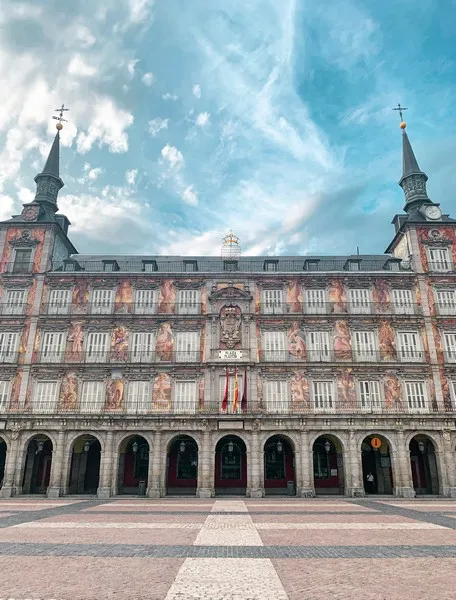In sociology, the concept of the British upper class refers to a social group that holds significant wealth, power, and influence in British society. This elite class is often associated with inherited privilege, prestigious educational backgrounds, and membership in exclusive social clubs and institutions. In this article, we will outline and explain the characteristics and dynamics of the British upper class.
Historical Context
The origins of the British upper class can be traced back to the feudal system of medieval England, where land ownership and aristocratic titles were closely intertwined. Over the centuries, this class has evolved and adapted to changing social, economic, and political conditions.
Key Characteristics
1. Wealth and Privilege: The British upper class is characterized by significant wealth and inherited privilege. They often possess substantial land holdings, inheritances, and investments. This wealth allows them to enjoy a luxurious lifestyle and access exclusive opportunities.
2. Education and Socialization: Members of the upper class typically receive a high-quality education from prestigious institutions such as Eton, Harrow, or Oxford and Cambridge universities. These educational experiences play a crucial role in shaping their socialization, networks, and cultural capital.
3. Social Networks and Institutions: The upper class maintains tight-knit social networks through exclusive clubs, organizations, and institutions. These networks provide opportunities for socializing, business connections, and political influence.
4. Cultural Capital: The upper class possesses a distinct set of cultural values, tastes, and behaviors that distinguish them from other social classes. This includes appreciation for art, literature, classical music, and participation in high-status cultural events.
5. Political Influence: The upper class often wields significant political power, either directly through political office or indirectly through lobbying and campaign donations. This influence allows them to shape policies and decisions that benefit their interests.
Class Structure
Within the British upper class, there are further divisions and hierarchies based on factors such as inherited titles, wealth, and social connections. The highest echelons of the upper class are often referred to as the aristocracy, which includes nobility with titles such as dukes, earls, and barons.
Beneath the aristocracy, there is a broader upper class composed of wealthy business magnates, influential professionals, and successful entrepreneurs. This group includes individuals from diverse backgrounds who have amassed significant wealth and social status.
Changing Dynamics
The dynamics of the British upper class have evolved over time. While inherited wealth and privilege still play a significant role, there has been a gradual shift towards meritocracy and inclusion of individuals from non-traditional backgrounds. The rise of self-made billionaires, successful entrepreneurs, and professionals from diverse ethnic and cultural backgrounds has contributed to this changing landscape.
However, it is important to note that despite these changes, the British upper class continues to exert considerable influence and maintain a distinct social identity.
Conclusion
The British upper class represents a small but influential segment of society characterized by wealth, privilege, and social connections. Their influence extends to various spheres, including politics, business, and culture. Understanding the dynamics of the upper class is essential for comprehending the social structure and power dynamics within British society.
While the concept of the British upper class may evolve and adapt over time, it remains a significant aspect of sociological analysis and sheds light on the complexities of social stratification and inequality.





